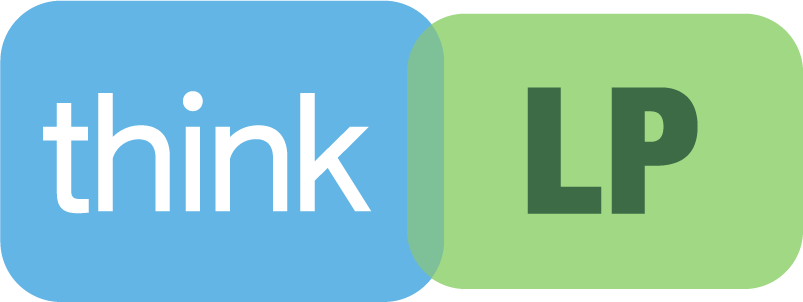Predictive Modeling for Internal Loss Takeaways:
-
- Predictive modeling can help retailers proactively identify and mitigate the risk of internal loss.
- Key data points for predictive models include POS transactions, employee data, inventory records, and exception reports.
- Ethical considerations and data privacy are paramount when implementing predictive modeling for internal loss prevention.
- ThinkLP’s exception-based reporting and analytics solutions can provide the data foundation for effective predictive modeling.
Seeing the Risks Before They Materialize
What if you could see internal loss risks forming before they impact your bottom line? Predictive modeling offers retailers that very opportunity. It’s a data-driven approach that uses statistical techniques to identify patterns and predict future events. Applied to internal loss prevention, it allows you to proactively address potential problems, rather than reacting after the fact.
What Is Predictive Modeling, Exactly?
Predictive modeling uses historical data to identify patterns and relationships that can be used to forecast future outcomes. It involves creating a statistical model that analyzes various factors to predict the likelihood of a specific event, such as employee theft, fraud, or operational errors. These models can range from simple linear regressions to complex machine learning algorithms. The key is to use the right data and the right techniques to create a model that is accurate and reliable.
Focus on Internal Loss
While external threats like shoplifting are a significant concern for retailers, internal loss can be even more damaging. Employee theft, fraud, and errors can erode profits, damage morale, and create a culture of distrust. Addressing internal loss proactively is essential for maintaining a healthy and profitable retail environment. Predictive modeling provides a powerful solution for doing just that.
What Data Is Needed for Effective Predictive Modeling?
The success of predictive modeling depends on the quality and availability of data. Here are some key data points to consider:
-
- Point-of-Sale (POS) Transactions: Analyze transaction data to identify suspicious patterns, such as excessive discounts, voids, or returns.
- Employee Data: Consider factors like job tenure, performance reviews, salary, and access privileges.
- Inventory Records: Track inventory levels and identify discrepancies between expected and actual quantities.
- Exception Reports: Review exception reports generated by your POS system or other security feature to identify unusual activity.
- Access Logs: Monitor employee access to sensitive systems and data.

How Predictive Modeling Helps Prevent Internal Loss
By analyzing these data points, predictive models can identify employees who are at higher risk of engaging in dishonest or negligent behavior. For example, a model might identify an employee who consistently processes a high number of discounts, has access to sensitive inventory data, and has a history of performance issues as a potential risk. This information can then be used to take proactive steps to mitigate the risk, such as providing additional training, increasing supervision, or conducting a more thorough investigation.
How ThinkLP Can Be a Part of The Plan
To implement predictive modeling effectively, retailers need access to robust data and analytics solutions. ThinkLP’s exception-based reporting and analytic features can provide the data foundation for effective predictive modeling.
With ThinkLP, you can easily collect, analyze, and visualize data from various sources, including POS systems, inventory management systems, and security cameras. Our customizable reports and dashboards allow you to identify trends and patterns that might indicate internal loss. The ORC solution with ThinkLP also assists greatly in solving complex cases.
What Are the Limitations of Predictive Modeling?
While predictive modeling can be a valuable feature, it’s important to recognize its limitations. Models are only as good as the data they are based on, and they can be inaccurate if the data is incomplete, biased, or outdated. Additionally, predictive models can only identify potential risks; they cannot guarantee that an employee will engage in dishonest behavior. Human judgment and discretion are still essential for making informed decisions about employee management and security.
By understanding the power and limitations of predictive modeling, retailers can leverage this technology to proactively address internal loss and create a more secure and profitable business.
Final Thoughts on Predictive Modeling for Internal Loss
Predictive modeling offers retailers a proactive way to address internal loss by analyzing data to identify potential risks before they escalate into larger issues. While it’s not a standalone solution, it complements other loss prevention strategies by providing actionable insights to guide decision-making. Combining predictive modeling with ethical practices, robust data systems, and human judgment can help retailers create a safer, more transparent workplace while protecting their bottom line. Tools like ThinkLP make this process more accessible by simplifying data collection and analysis, helping businesses stay ahead of internal loss threats.
Explore ThinkLP’s Blog
Now that you know more about predictive modeling for internal loss, you can find additional insights on loss prevention and safety intelligence on ThinkLP’s blog. The blog features articles, case studies, and industry insights that provide practical tips and strategies for improving your loss prevention efforts.
Request a Demo
If you are interested in how ThinkLP’s software can support your loss prevention initiatives, we invite you to request a demo. Their Loss & Safety Intelligence Platform is designed to integrate with your existing operations, helping you reduce risks and improve efficiency. Reach out today to learn how ThinkLP can assist your organization in optimizing its loss prevention strategy.


